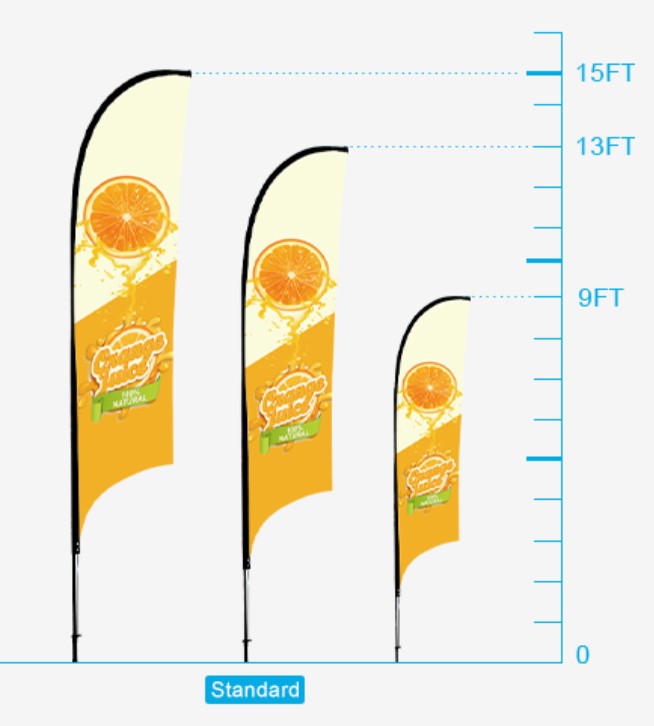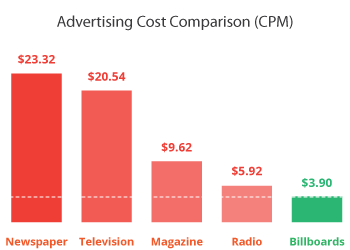
To measure the effectiveness of their advertising campaigns, marketers use the cost per 1,000 impressions metric. It is calculated simply by adding the total ad cost to the estimated view count and subtracting it from the total ad price. Although CPM is an excellent measure of the effectiveness of a media campaign, it is not the only one to consider.
Ad spend and performance are both important variables to be aware of when measuring the effectiveness an ad campaign. Ad spend tracking is critical, but conversion rate and other variables can also impact ad performance. You might be interested in a cost per view ad model if your goal it to attract new clients. This type ad is typically less expensive than CPM. However, this type ad model is less predictable and is not always a good choice.
To figure out whether your ad campaign is successful, you need to measure the click-through rate (CTR). CTR is typically two clicks every 100 impressions. Depending upon the medium, it is possible to increase the CTR with different ad formats. Rich media ads can be used to increase your ad's visibility.

The average click-through rate, and the number unique visitors are two other measures that can be used to evaluate the performance of an ad. These statistics can be used to help you set your expectations for your ads. This is best done by monitoring your ad performance over the course of time.
CPC is more complex than CPM. CPC is harder to predict and is less likely than CPM to generate high-quality impressions. CPC revenues can also redirect visitors to your site. CPC can be avoided if your ad program is well-designed.
CPC can be more efficient than CPM for online publishers. They can optimize ad sales by allowing for more data collection. There is also a higher risk of CPM becoming CPC. CPC is often believed to offer a higher return than CPM, however this is not always the case.
Higher CPMs do not necessarily indicate better earnings. However, they are an indicator that your ad has been generating good traffic. Advertisers may also be able reach a larger audience for a lower cost per thousand impressions. Nonetheless, CPM does not have as much value for advertisers when it comes to brand awareness. CPM alone is not enough to convince a customer to buy a degreaser.

CPM rates can differ from one market to another. A magazine with a large audience will charge less per thousand subscribers than a magazine which has a smaller readership. Also, the amount of money you pay per ad may be lower if you are targeting a niche audience. Therefore, it is important to do a cost-benefit analysis of your ad strategy.
FAQ
What are the basics of radio advertising?
It is important that you understand the differences between media. The most important thing to remember is that all forms of media are complementary rather than competitive.
Radio is best utilized as an extension to TV advertising. It complements TV by reinforcing key messages and providing additional information.
For radio listeners, TV commercials can often be too long. Radio ads are typically shorter and less costly.
What does it mean to be an advertiser buyer?
Advertisers buy advertising space on television, radio, and print media.
Advertisers pay for the time their message appears.
They don't necessarily seek the best ad; they want to reach their target markets with the most effective ad.
An advertiser might have details about potential customers, including their age, gender and income.
This information can be used by advertisers to decide which media works best for them. An example is direct mail that appeals to older people.
Advertisers also evaluate the competition. Advertisers may choose to place ads near competitors if there are similar businesses in the area.
Advertisers also need to consider their budget size and how long they will spend it before it expires.
Social media is a great way to advertise your business.
Social Media Marketing allows you to reach customers right where they are, via social networks like Facebook, Twitter, LinkedIn and YouTube. You can also target specific groups within these networks using keywords.
Because it is cheaper to market online than traditional advertising methods, this advertising method is more cost-effective. It also allows you to build strong relationships with your current and potential clients.
It's simple to begin using social media to promote a business. All you need is access to the Internet and a smartphone.
What do you need to know about television advertising?
Television advertising can reach a lot of people quickly and is very effective. It was also quite expensive. It is powerful, however, if it is used well.
Although there are many kinds of TV ads to choose from, all share the same characteristics. You must ensure your TV ad fits within the category it is being placed. It is not a good idea to try and run a lifestyle TV commercial while running a product or service commercial. Your message must be consistent throughout the campaign.
A second important thing to keep in mind is that prime-time hours is the best time to air ads. This is because many viewers are able to relax in front of the TV while watching. You want them to be able focus on your words and not get distracted by the TV.
Finally, just because you've a lot of money doesn't mean you'll get great results. Actually, it could be the contrary. The University of California conducted a study that found commercials shown on popular programs were less likely than those on non-popular programs to sell products. It is important to do the right thing if your TV advertising budget is large.
What is an Ad Campaign?
A campaign is a series advertising messages that are designed to promote a product. It may also refer to the entire production of such ads.
"Ad" is a Latin word that means "to sell." The first known use was by Marcus Terentius Varro (116-27 BC), who used it as a verb meaning "to make a sale."
Advertising campaigns are most often done by large agencies or businesses. They may involve many different media types, including print, television, radio, internet, etc.
Advertising campaigns can last up to six months and have specific goals. Advertising campaigns can have different goals. Some are focused on increasing sales while others generate awareness.
What is advertising's basic purpose?
Advertising is more than selling products. It's about building an emotional connection with your customers.
Advertising is about communicating your ideas and values to people who already care about what you have to say. Advertising is about changing minds and attitudes. It's also about creating relationships.
It's about helping people feel good about themselves.
But if you don't know what your customers want, you can't sell anything to them.
So before you start any advertising project, you should first understand your customer's needs and wants, and buying habits.
Then you can design ads that will resonate with them.
Advertising: What is it?
Advertising is an artistic art form. Advertising isn't just about selling products. It's about building emotional connections between brands and people.
Advertising is about communicating ideas through images and stories.
Communication must be clear and persuasive. Your target market should be able to relate to the story you tell.
Advertising is therefore different from other forms such as presentations, writing, and public speaking.
You are building a brand identity when you run a successful advertising campaign.
This is how to be remembered. You are someone people remember.
Statistics
- It collects money from the advertisers, keeps 32% for its role in facilitating the process, and the remaining 68% goes to the publisher (you). (quicksprout.com)
- Worldwide spending on advertising in 2015 amounted to an estimated US$529.43 billion. (en.wikipedia.org)
- Advertising's projected distribution for 2017 was 40.4% on TV, 33.3% on digital, 9% on newspapers, 6.9% on magazines, 5.8% outdoor, and 4.3% on radio. (en.wikipedia.org)
- In 1919 it was 2.5 percent of gross domestic product (GDP) in the US, and it averaged 2.2 percent of GDP between then and at least 2007, though it may have declined dramatically since the Great Recession. (en.wikipedia.org)
External Links
How To
How to make Sponsored Ads on Facebook
Facebook is one of most-used social networking sites. There are approximately 1.79 billion monthly active users in the world. The number of users continues to rise each day.
Facebook is free, but you have to pay if you want to reach your audience directly. You can also opt for paid advertising options such banners or promoted posts.
Log in to an existing app, if you already own one. Click "Create New App" if you don't have an app already registered. Follow these steps:
-
Click "Add Platform", under the Apps section.
-
Click Continue, then select "Advertising".
-
Fill out the form and submit it.
-
After approval, you'll receive a Client ID (and Secret key). These keys and Client IDs should be copied.
-
Paste the keys in the appropriate fields.
-
Enter the campaign name, then choose the currency.
-
Click "Start Campaign"
-
Follow the instructions until the first banner appears. Then copy the URL and go back to your Facebook page.
-
Copy the code and paste it into the box provided to you by Facebook.
-
Click on "Save Changes"
-
Your ad should be now live!
-
Repeat steps 10-12 for each banner you would like to make.
-
Click "Continue" when you're done.
-
Finish the last step to create your ad-group.
-
Once complete, click "View All Ads" to see all of your campaigns.
-
To remove any ads, simply click "Remove Ads" next to the individual ad.
-
If your campaign is not producing results, make sure you have followed the instructions.
-
You can check the date range for your campaign.
-
Be sure to set your budget correctly
-
Keep your changes safe.
-
Review the settings for your campaign before clicking "Submit."
-
Wait for your ads to appear on your timeline.
-
Well done!
-
Let's now examine some tips to help improve your results.